Model Monitoring Model Monitoring is an operational stage in the machine learning life cycle that comes after model deployment, and it entails 'monitoring' your ML models for things like errors, crashes, and latency, but most importantly, to ensure that your model is maintaining a predetermined desired level of performance️ Part 2 How to start using MLfLow Tracking in your current modelhttps//wwwyoutubecom/watch?v=aWBn3wA3xqA&t=3s ️ Part 3 How to With ML gaining more traction in businesses, a development lifecycle that supports learning models for building custom ML algorithms and applications has become very crucial Hence, it is important for datadriven organisations to choose an ML platform that provides interoperability with other ML frameworks

The Artificial Intelligence And Machine Learning Journey To Cloud
Ml lifecycle management
Ml lifecycle management- Scope of MLOps Solution in ML Lifecycle Depending on the AI adoption maturity, the scope of an endtoend MLOps solution varies For starters who want to venture into Machine Learning, onboard their Data Science team by automatically spinning up notebook servers on prebuilt infrastructure 5 Key Steps of A Machine Learning Project Lifecycle Content Library data foundation that's futureready enabled This blog post can serve as a guide that will help marketers, data scientists, engineers, and developers work together and take the steps needed to create a solid foundation that can support ML and AI initiatives




Industrializing The Operationalization Of Machine Learning Models
In this module, we discuss best practices for creating and managing machine learning (ML) models using MLOps processes MLOps is the practice of collaboration between data scientists, ML engineers, software developers, and other IT teams to manage the endtoend ML lifecycle HPE ML Ops transforms AI initiatives from experimentation and pilot projects to enterprisegrade operations and production by addressing the entire machine learning lifecycle from data preparation and model building, to training, deployment, monitoring, and collaboration The ML System Lifecycle The monitoring of machine learning models refers to the ways we track and understand our model performance in production from both a data science and operational perspective Inadequate monitoring can lead to incorrect models left unchecked in production, stale models that stop adding business value, or subtle bugs in models that appear
A successful deployment of machine learning models at scale requires automation of steps of the lifecycle Automation decreases the time allocated to resourceconsuming steps such as feature engineering, model training, monitoring, and retraining It frees up time to rapidly experiment with new models Standardization of the processWe've found virtual conferences that try to recreate the experience of inperson events really miss the markThe ML lifecycle is an essential part of the ML development ecosystem and its neglect is the number one reason for enterprise ML efforts failing The tools in the market can encompass both ML development and ML lifecycle features, but the market tends to split between ML lifecycle solutions that are
() News Archive Works with any ML library, language & existing code Runs the same way in any cloud Designed to scale from 1 user to large orgs Scales to big data with Apache Spark™ MLflow is an open source platform to manage the ML lifecycle, including experimentation, reproducibility, deployment, and a In this tutorial, we will walk through the entire machine learning (ML) lifecycle and show you how to architect and build an ML use case end to end using Amazon SageMakerAmazon SageMaker provides a rich set of capabilities that enable data scientists, machine learning engineers, and developers to prepare, build, train, and deploy ML models rapidly and with easeMain focus areas are around government, technology, and industry and main topic areas will be on ML model development, ML model management, MLOps, ML model governance, and general sessions
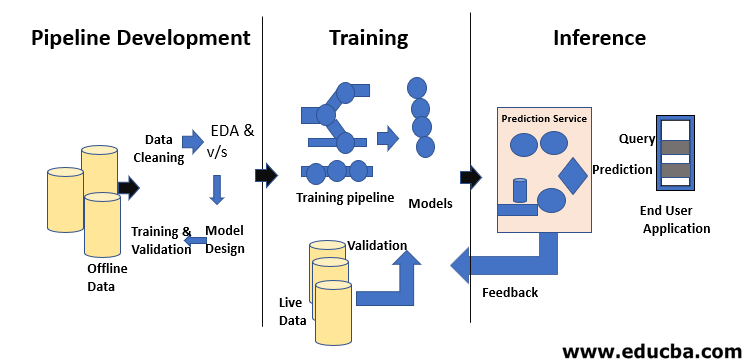



Machine Learning Life Cycle Top 8 Stages Of Machine Learning Lifecycle




The Machine Learning Lifecycle In 21 By Eric Hofesmann Towards Data Science
Cognilytica's Machine Learning LifecycleCommunity is focused on the machine learning lifecycle including ML Operations, building models, and model management!️ Part 5 How to Register and Deploy MLfLow models locallyhttps//wwwyoutubecom/watch?v=EAYZpz39ICU&t=1115s ️ Part 1 Why bother to start using MLflow?h Standardizing the Machine Learning Lifecycle Successfully building and deploying a machinelearning model can be difficult to do once Enabling other data scientists (or yourself) to reproduce your pipeline, compare the results of different versions, track what's running where, and redeploy and rollback updated models is much harder
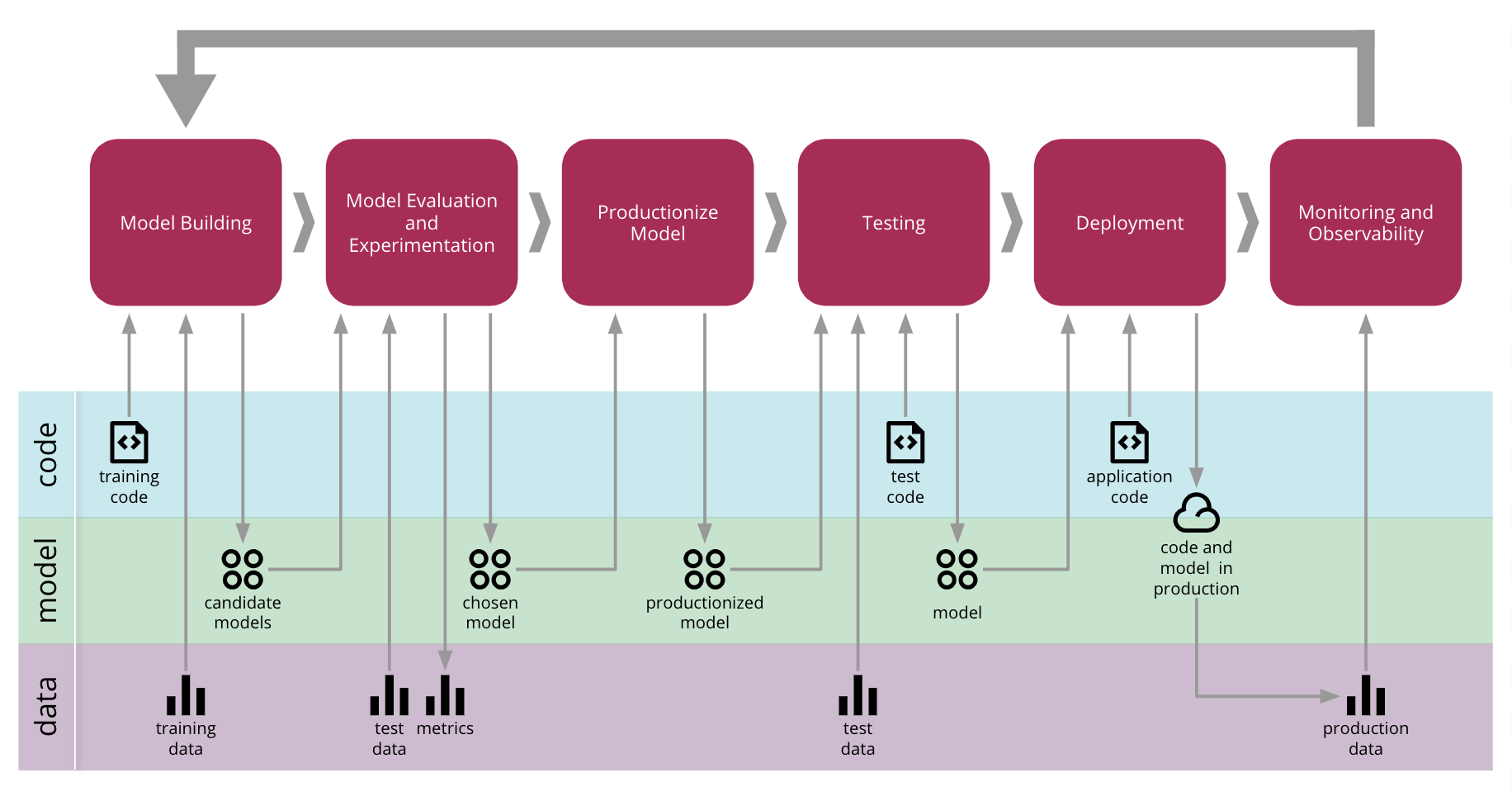



Continuous Delivery For Machine Learning




Ml Lifecycle Code The Brain
Kubeflow 11 Kubeflow 11 brings ML workflow automation with Fairing and Kale The latter enables you to work on your notebook, write your ML code, define the pipeline steps using an intuitive UI, and then build a multistep pipeline automatically The latest release extends isolation and security through the delivery of multiuser pipelines The ML Lifecycle management process is quickly becoming the bottleneck for a lot of ML projects With MLflow's newest release, and its enhanced integration with Azure Machine Learning, this process is now showing the right promise and capabilities on Azure In this talk, we intend to take a tour of the integration details and how MLOps is now Notify and alert on events in the ML lifecycle For example, experiment completion, model registration, model deployment, and data drift detection Monitor ML applications for operational and MLrelated issues




Ai Ml On Openshift



Towards A More Mature Ml Lifecycle Mlops Maturity Levels And Tools The Cirrostratus Group
ML development brings many new complexities beyond the traditional software development lifecycle Unlike in traditional software development, ML developers want to try multiple algorithms, tools and parameters to get the best results, and theyCognilytica's Machine Learning Lifecycle Virtual Conference is a three day online experience January 2628, 21 focused on the machine learning lifecycle including ML Operations, building models, and model management!The Mobile ML Lifecycle Mobile machine learning projects can become complicated very quickly That's why it's essential to understand both the challenges and opportunities that arise at each stage of the development lifecycle In this ebook, you'll get an inside look at each stage of this lifecycle, with best practices curated by our experts



When Did Ai And Ml Become Mixed Up Terms Quora
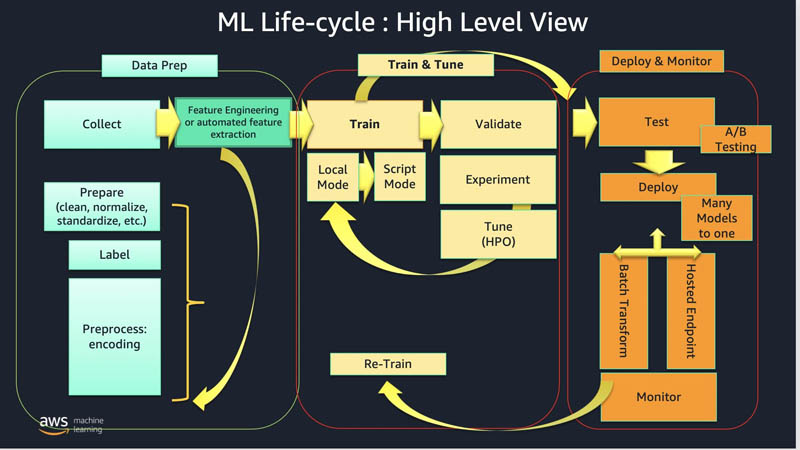



Architect And Build The Full Machine Learning Lifecycle With Aws An End To End Amazon Sagemaker Demo Aws Machine Learning Blog
ML Lifecycle with Dale Markowitz and Craig Wiley Jenny Brown cohosts with Mark Mirchandani this week for a great conversation about the ML lifecycle with our guests Craig Wiley and Dale Markowitz Using a reallife example of bus cameras detecting potholes, Dale and Craig walk us through the steps of designing, building, implementing, and improving on a piece of machine This blog mainly tells the story of the Machine Learning lifecycle, starting with a business problem to finding the solution and deploying the model This helps beginners and midlevel practitioners to connect the dots and build an endtoend ML model Here are the steps involved in an ML model lifecycle Today, we announced the launch of Databricks Machine Learning, the first enterprise ML solution that is datanative, collaborative, and supports the full ML lifecycleThis launch introduces a new purposebuilt product surface in Databricks specifically for Machine Learning (ML) that brings together existing capabilities, such as managed MLflow, and introduces new



3




Navigating The Mlops Tooling Landscape Part 2 The Ecosystem
ML Lifecycle problems or challenges Phases in the lifecycle is the continuous loop to get the data from different data sources, preparing the data, training the model and deployment in the production and should be available to various kinds of end usersWeek 1 Overview of the ML Lifecycle and Deployment This week covers a quick introduction to machine learning production systems focusing on their requirements and challenges Next, the week focuses on deploying production systems and what is needed to do so robustly while facing constantly changing data Specialization overview 607 MLOps (also known as DevOps for Machine Learning) is the practice for collaboration and communication between data scientists and DevOps professionals to help manage the production machine learning lifecycle




Platform For Complete Machine Learning Lifecycle
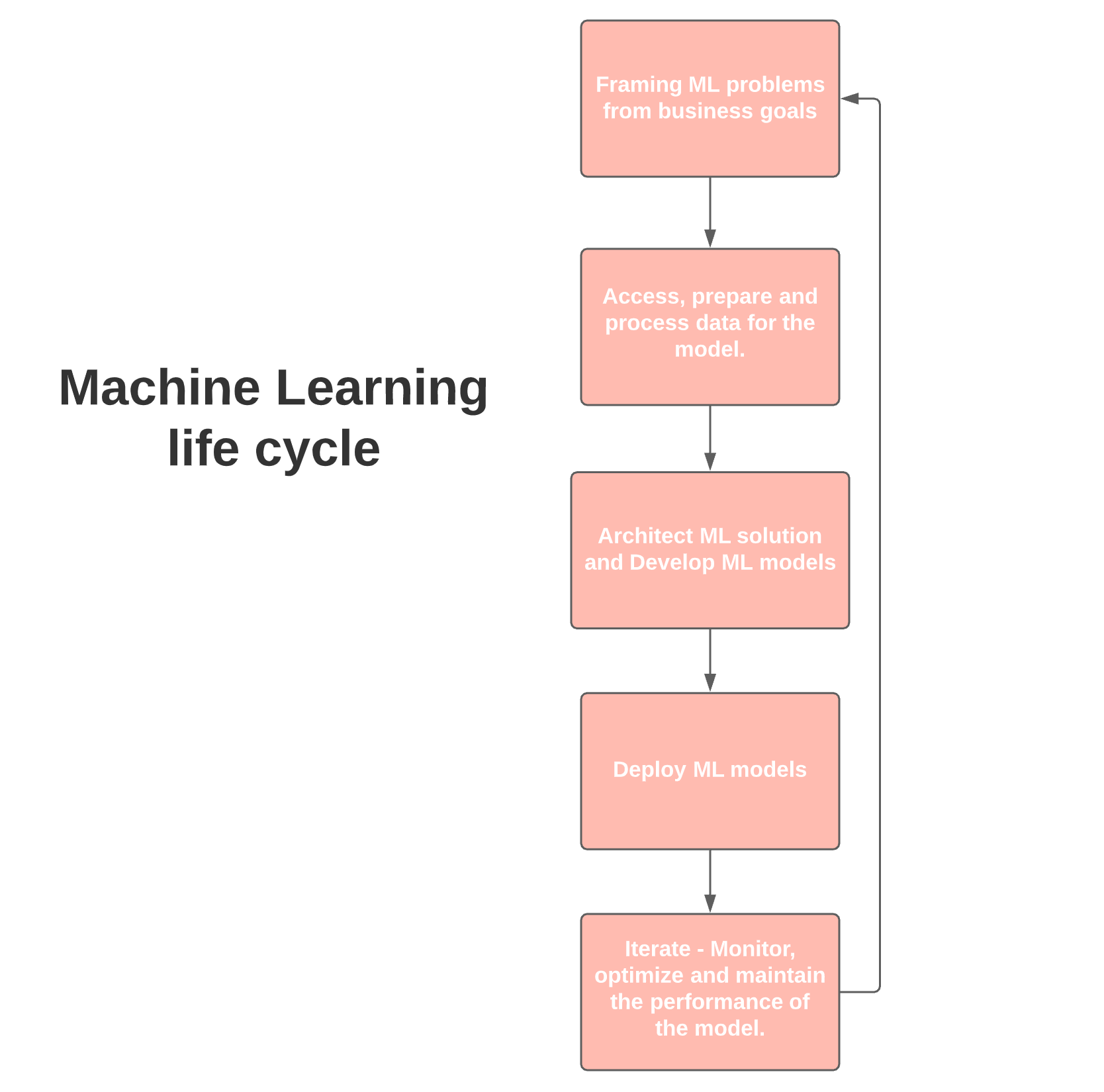



What Is Mlops Machine Learning Operations Explained
Managing the ML Lifecycle Giulio Zhou Background and Context In the past few decades, we've seen an explosion of ML applications generating untold quantities of data with realtime demands for scalable serving and learning Most of the attention/hype goes to the ML algorithms themselves (decision Machine Learning LifeCycle end to end2 Bangalore Hai, Myself MLV Prasad I am a Data Scientist at Bepec solutions and Data Science/ML enthusiast ML models can be exposed and queried to make new predictions in an enduser application — effectively completing the ML lifecycle and delivering true endtoend ML that makes it easy to adopt and scale AI use cases across the business To learn more about how Cloudera Data Platform accelerates the full machine learning lifecycle to deliver




Machine Learning Project Lifecycle




The Machine Learning Lifecycle In 21 By Eric Hofesmann Towards Data Science
MLOps combines the practice of AI/ML with the principles of DevOps to define an ML lifecycle that exists alongside the software development lifecycle (SDLC) for a more efficient workflow and more effective results Its purpose is to support the continuous integration, development, and delivery of AI/ML models into production at scale ML projects are not based on pure data science anymore Data and cloud engineering skills are becoming increasingly important for managing the full ML lifecycle We live in the age of digital transformation when more and more enterprise organisations are migrating to the cloud and hosting their data in dedicated data lakesNews Break provides latest and breaking news about #Ml Lifecycle Latest Company Blog
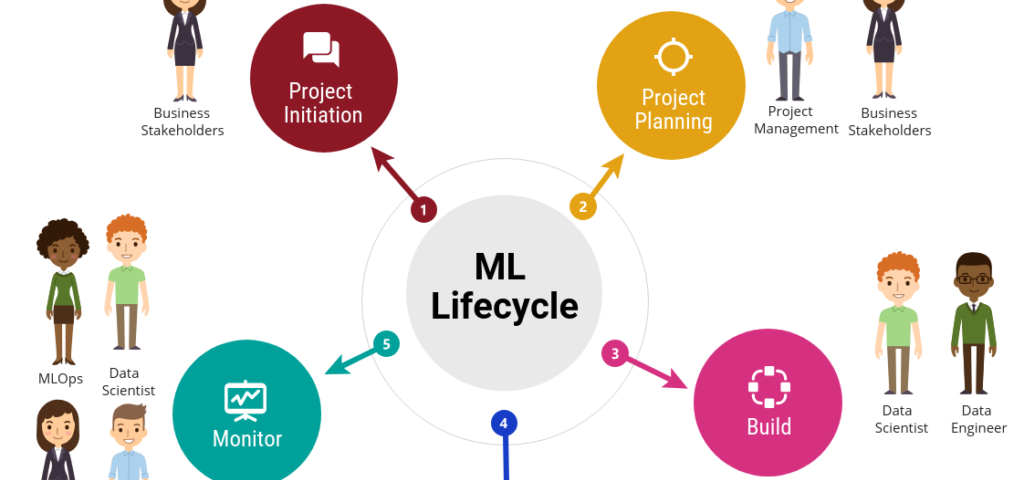



Ml Lifecycle Artificial Intelligence In Plain English
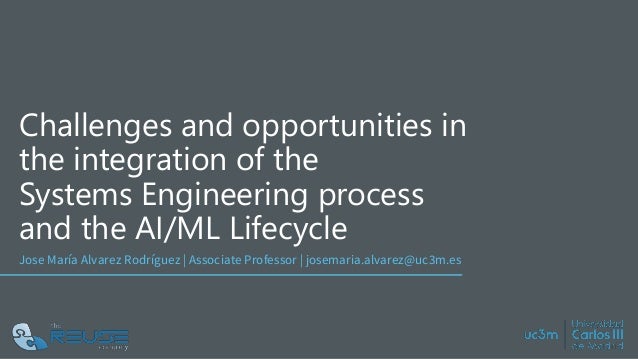



Challenges In The Integration Of Systems Engineering And The Ai Ml Mo
However, the lifecycle of a ML model is different from other services or applications your team has deployed before Oftentimes, this means requirements are overlooked up and down stream of feature engineering and model buildingYou'll need the ability to audit, monitor and maintain both the data that feeds your features and the impact your models are making on the subjects of itsWeek 1 Overview of the ML Lifecycle and Deployment This week covers a quick introduction to machine learning production systems focusing on their requirements and challenges Next, the week focuses on deploying production systems and what is needed to do so robustly while facing constantly changing data The Machine Learning Lifecycle In reality, machine learning projects are not straightforward, they are a cycle iterating between improving the data, model, and evaluation that is never really finished This cycle is crucial in developing an ML model because it focuses on using model results and evaluation to refine your dataset




Cse 291 D234 Data Systems For Machine Learning




Wain 21 1st Workshop On Ai Engineering Software Engineering For Ai Wain 21
The machine learning lifecycle consists of three major phases Planning (red), Data Engineering (blue) and Modeling (yellow)Download presentation Managing the ML Lifecycle Giulio ZhouManaging the ML Lifecycle Giulio Zhou Background and Slides ;




How To Use Mlops For An Effective Ai Strategy Kdnuggets




Google Cloud Unveils Vertex Ai One Platform Every Ml Tool You Need Laptrinhx
Reliable AI/ML lifecycle management and realtime execution Rolebased AI / ML model lifecycle management data stream processing, AI / ML training, validation, deployment, execution, computational resource management, rolebased access control, monitoring, alertingML development brings many new complexities beyond the traditional software development lifecycle Unlike in traditional software development, ML developers want to try multiple algorithms, tools, and parameters to get the best results, and they need to track this information to reproduce work In addition, developers need to use many distinct systems to productionize models To MLflow is an open source platform for the complete machine learning lifecycle MLflow is designed to work with any ML library, algorithm, deployment tool or language It is very easy to add MLflow to your existing ML code so you can benefit from it immediately, and to share code using any ML library that others in your organization can run




Mlops Machine Learning Operations Algorithmia
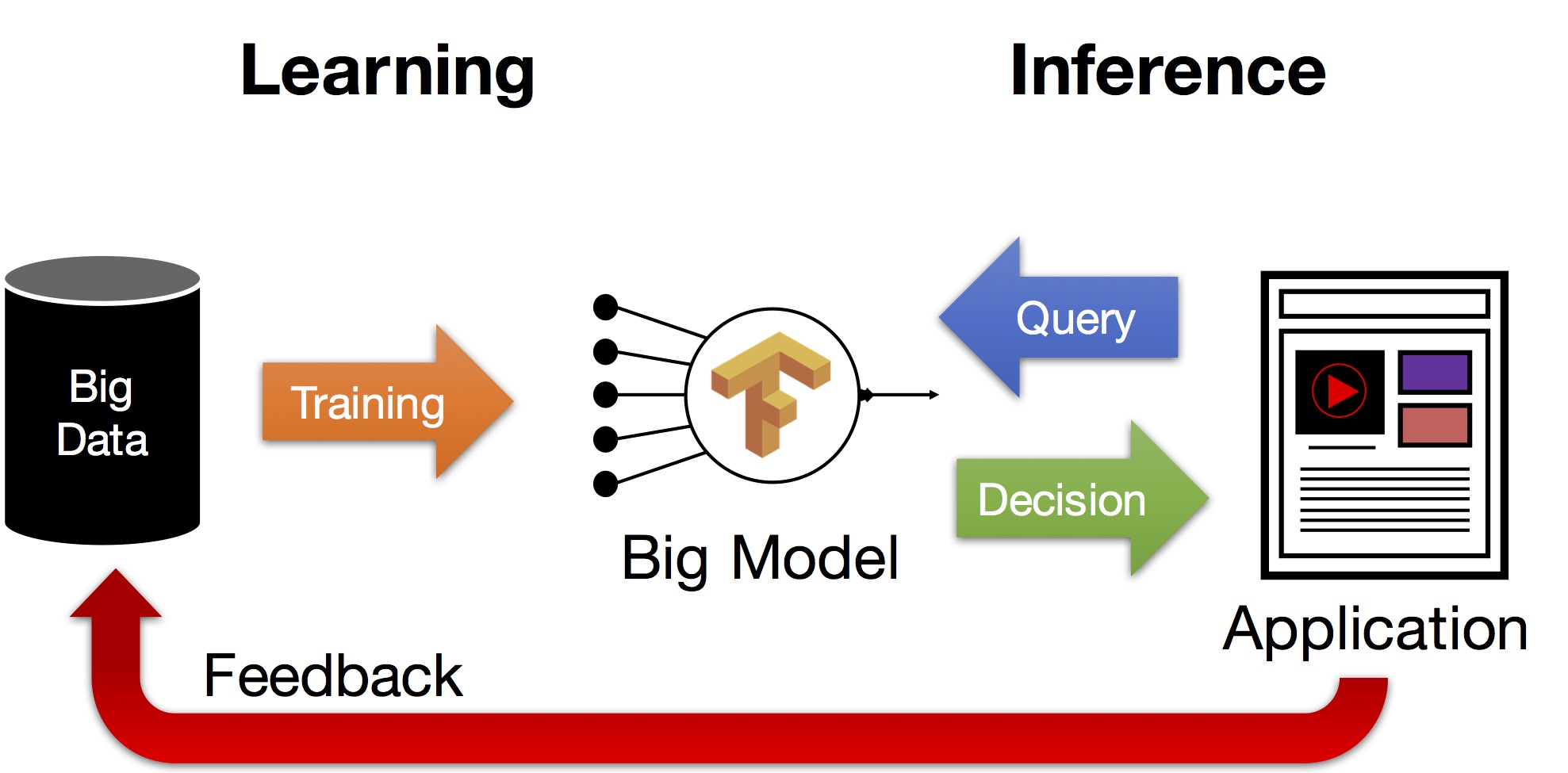



Prediction Serving
Identify the key components of the ML lifecycle and pipeline and compare the ML modeling iterative cycle with the ML product deployment cycle Week 2 Selecting and Training a Model Identify the key challenges in model development and understand how performance on a small set of disproportionately important examples may be more crucial than performance on the majorityWhenever the ML developers want to use new libraries or models In this paper, we summarize our experience with ML lifecycle challenges at Databricks customers and describe MLflow, an open source ML platform we are developing to address these challenges MLflow's key Grow your ML expertise organically through crosstraining software developers, data scientists, and ML engineers By enabling organizations to manage models throughout the lifecycle, track and monitor performance, and implement security at every phase, MLOps and the MLDP drive ML from development to operational use




The Hidden Challenges Of Ml Series Quadrant 4 Inference Deployment



Machine Learning Lifecycle Building A Machine Learning Model Or By Aman Kharwal Becoming Human Artificial Intelligence Magazine




Ml Process Lifecycle Part 1 What It Is And Why We Need It News Amii




Video Highlight S Accelerating The Ml Lifecycle With An Enterprise Grade Feature Store Nikolanews




Driving Efficiency With Mlops Microsoft Azure
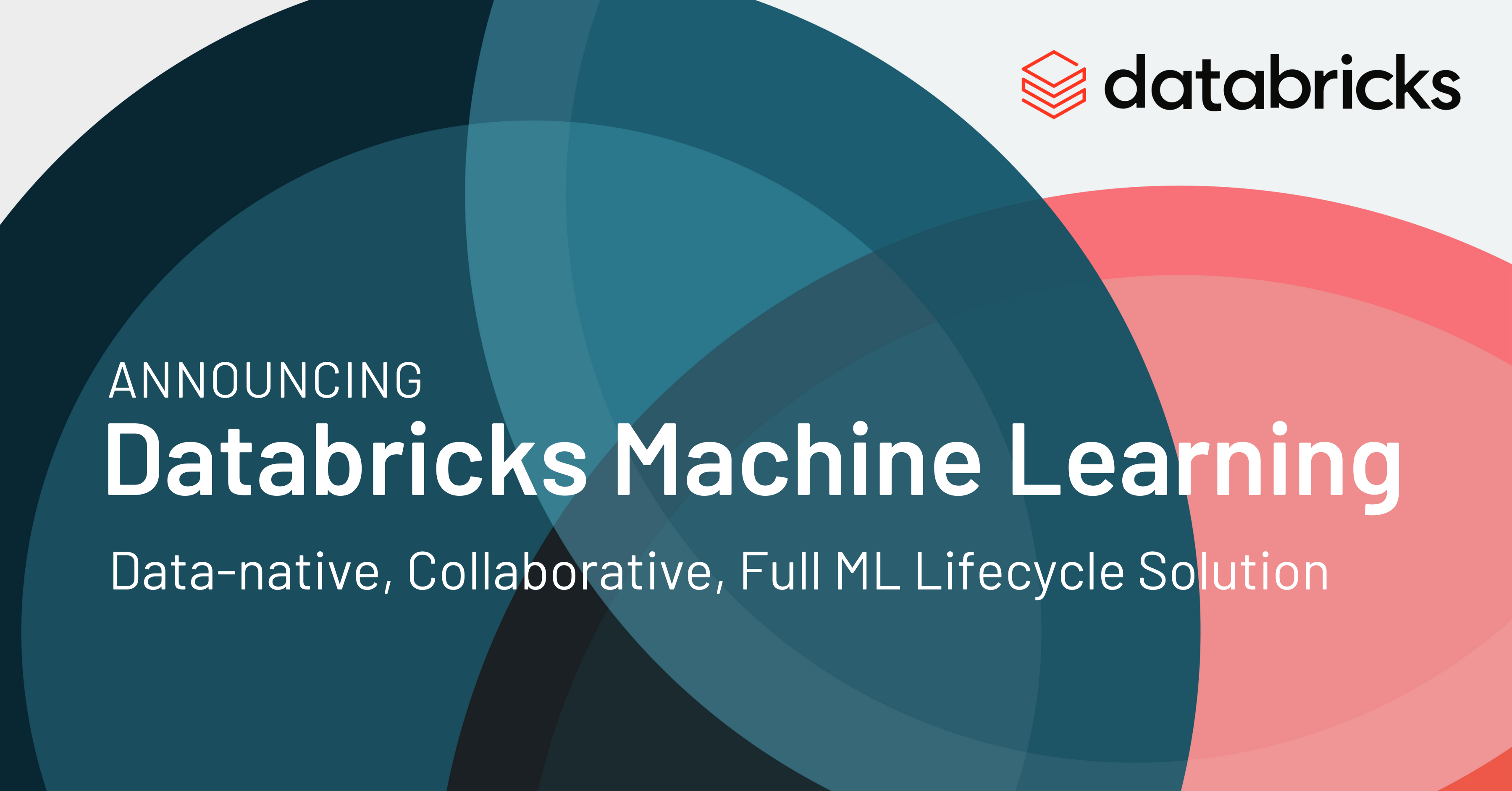



Introducing Databricks Machine Learning A Data Native Collaborative Full Ml Lifecycle Solution The Databricks Blog
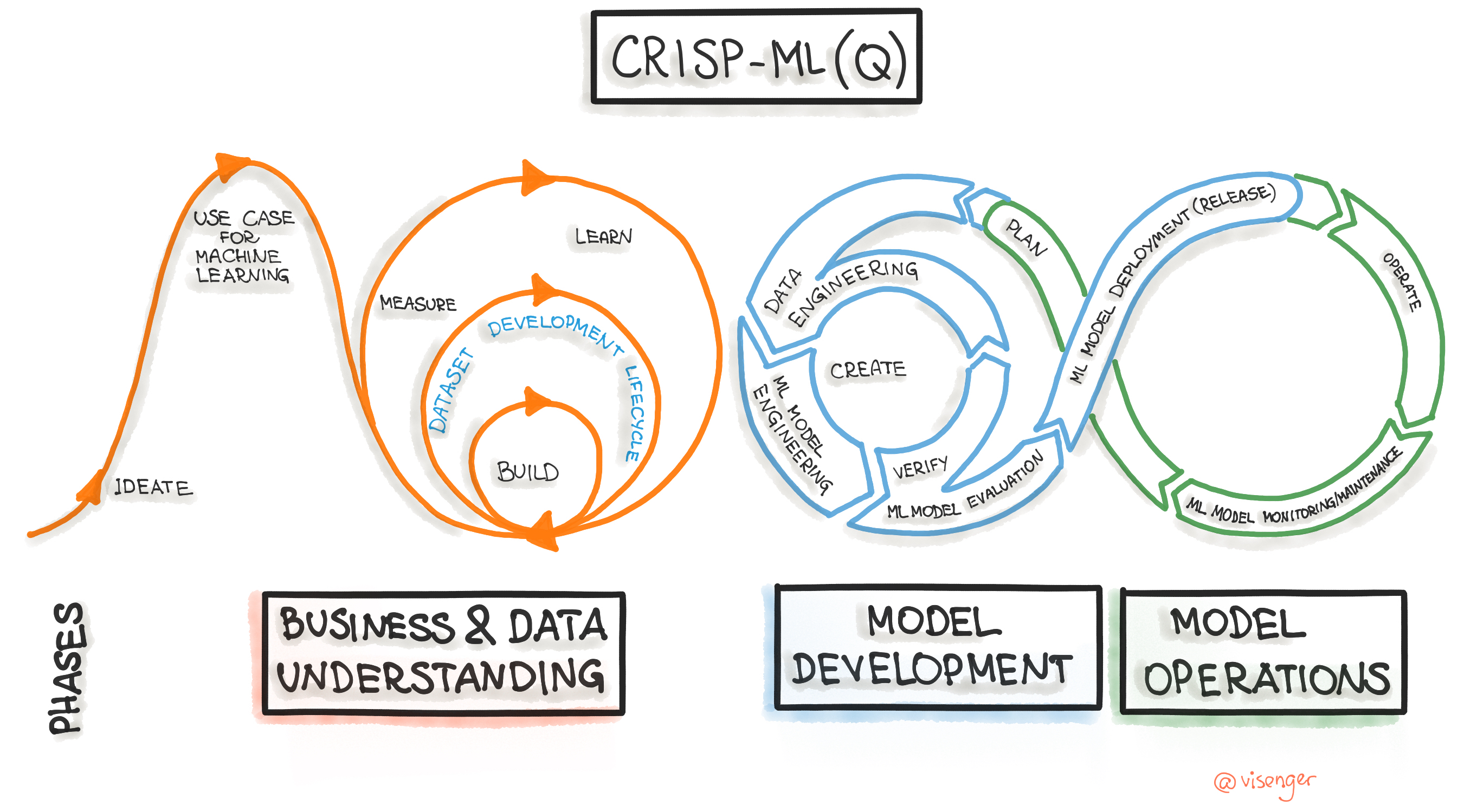



Crisp Ml Q



Ai Ml Lifecycle Knowledgemanagementdepot Com




Start The Machine Learning Lifecycle With Mlops Learn Microsoft Docs



The Lifecycle Of Mobile Machine Learning Models By Jameson Toole Heartbeat




Mlops Explained




The Artificial Intelligence And Machine Learning Journey To Cloud



Algorithmia Earns Top Marks In Machine Learning Security




Ml Net Model Lifecycle With Azure Devops Ci Cd Pipelines Cesar De La Torre




Ai Ml On Openshift




Basics Of Mlops Ml Dev Ops Mlops A Compound Of Machine Learning By Guru K Medium
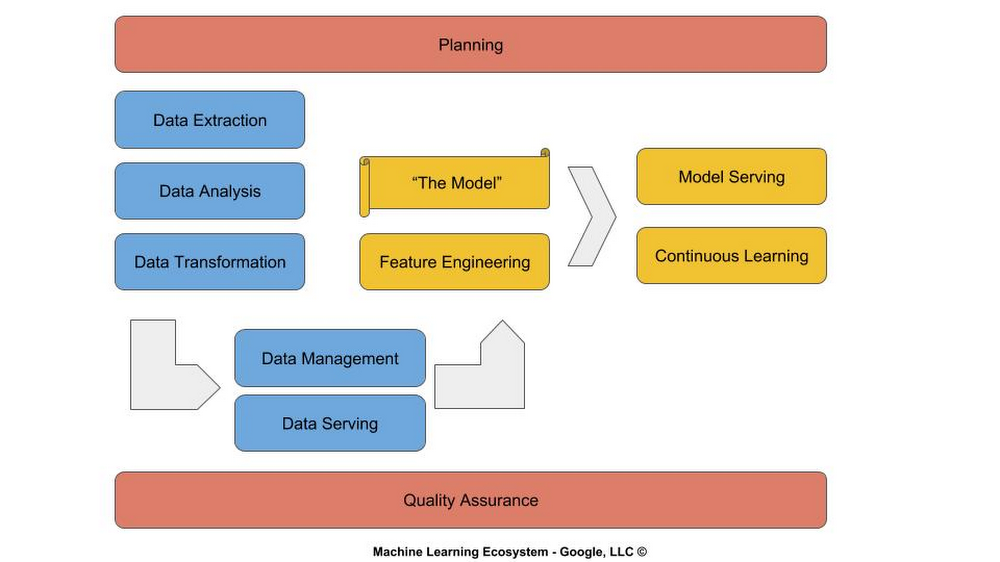



Making The Machine The Machine Learning Lifecycle Google Cloud Blog
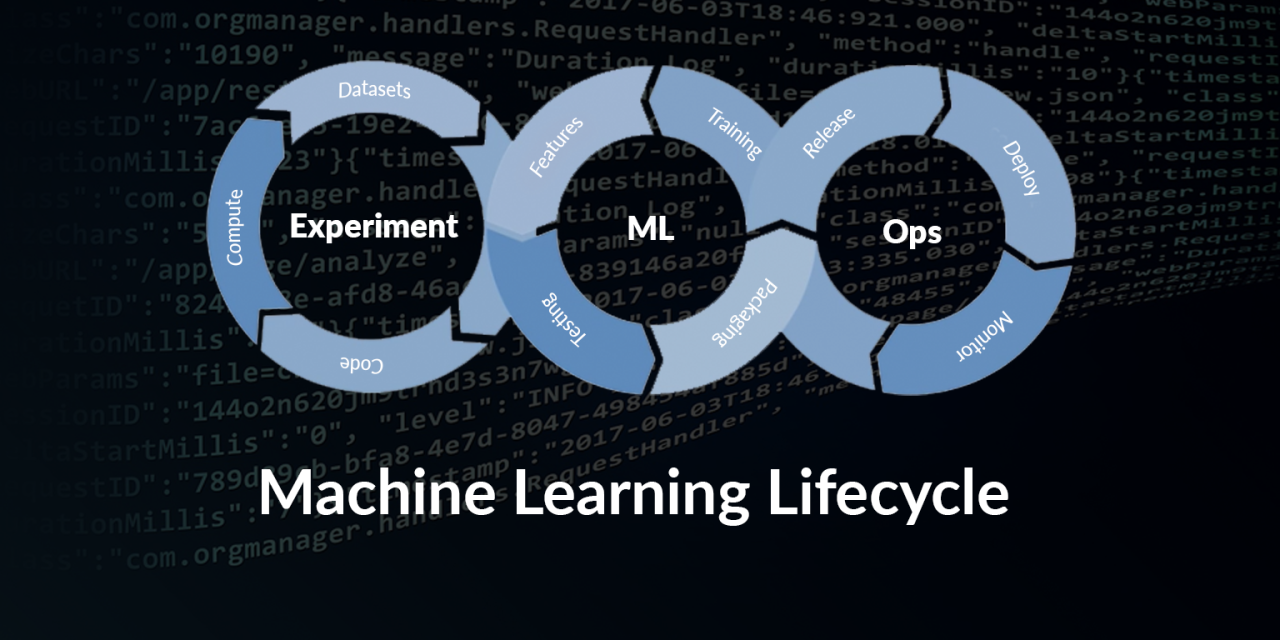



Robust And Scalable Machine Learning Lifecycle Tietoevry




Robust And Scalable Ml Lifecycle For A High Performing Ai Team
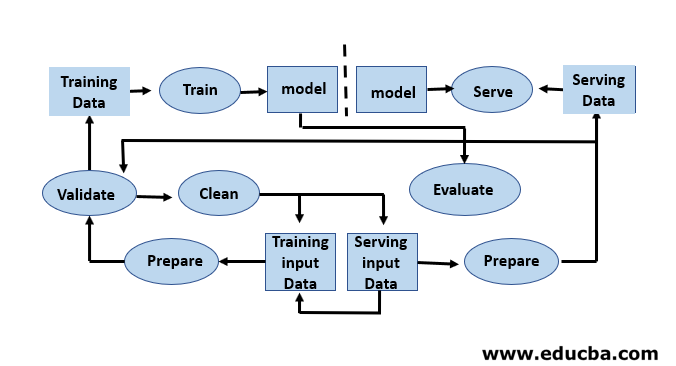



Machine Learning Life Cycle Top 8 Stages Of Machine Learning Lifecycle




2 Lifecycle Ml Projects Full Stack Deep Learning Youtube




F33 Labs Whisky Ml Lifecycle Management
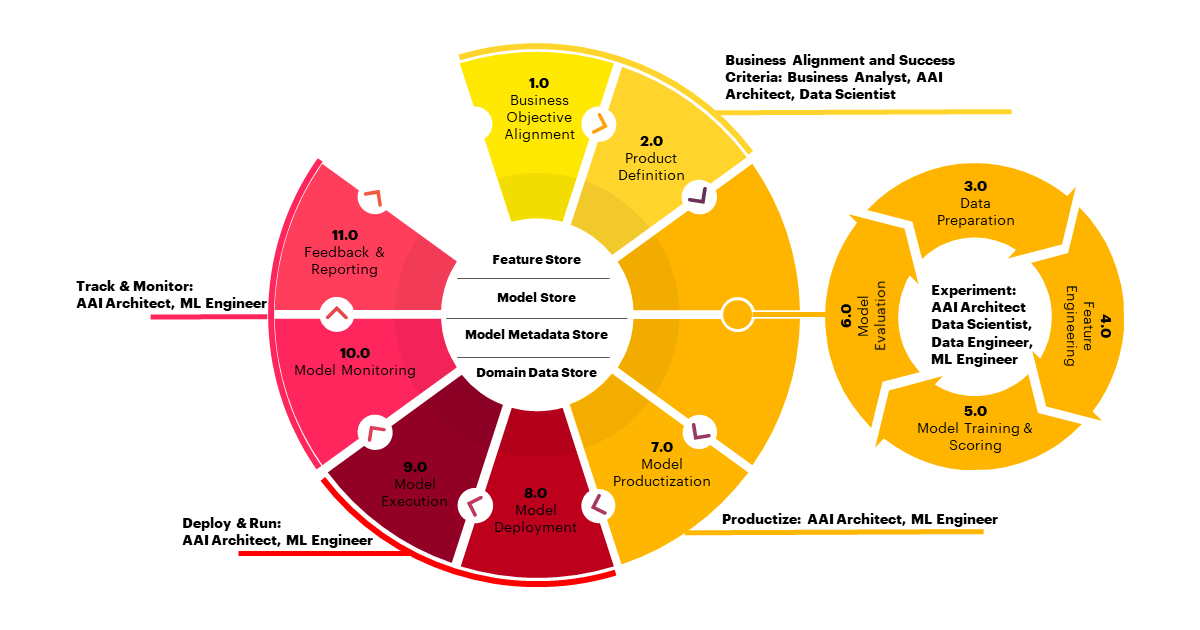



How To Scale Machine Learning With Databricks And Accenture




Machine Learning Model Management In 21 And Beyond Everything That You Need To Know Neptune Ai
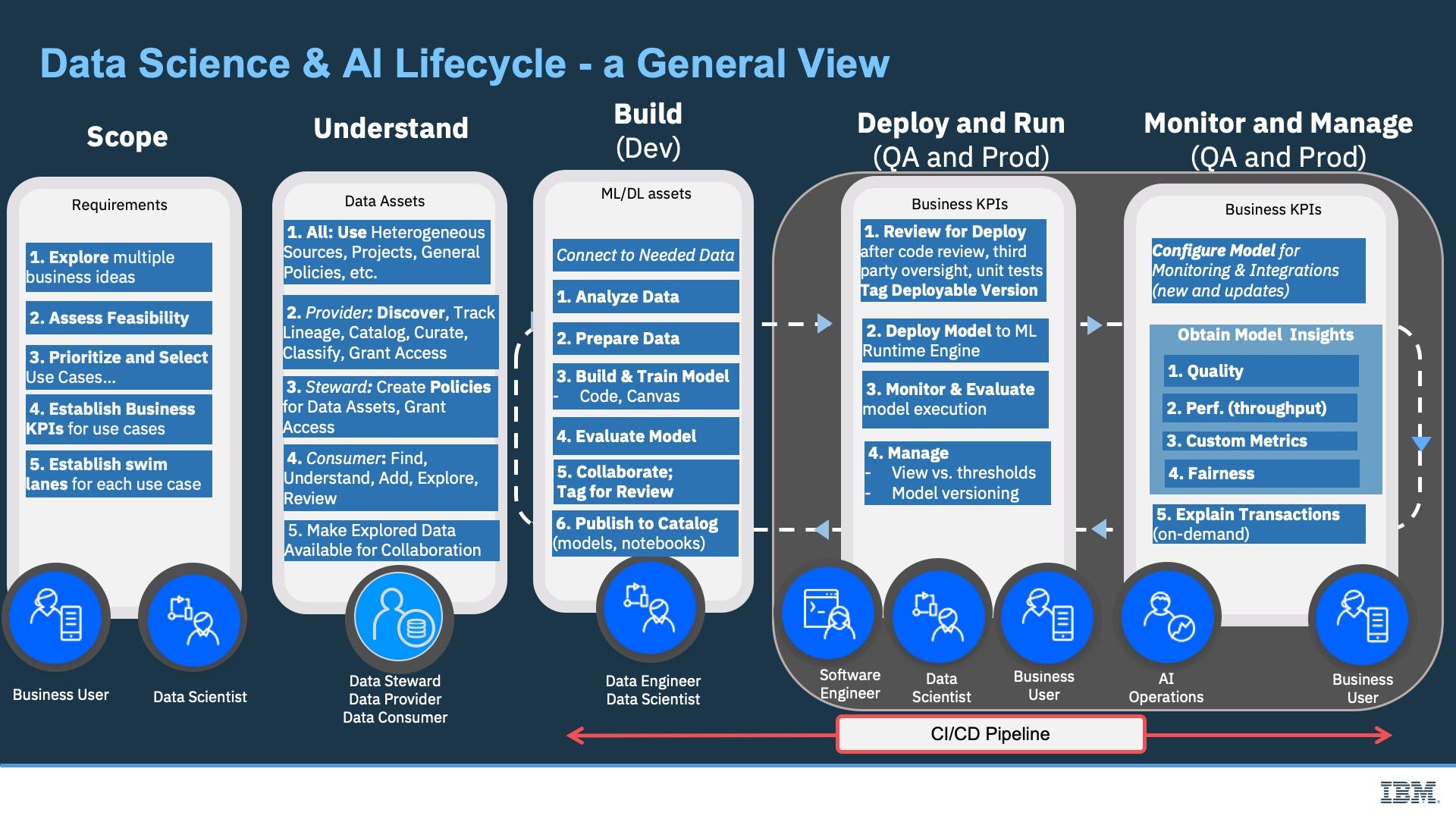



Operationalize Ai Manage The End To End Lifecycle Of Ai Inside Machine Learning




Introduction To Ml Ops And Its Applications Project Alesia
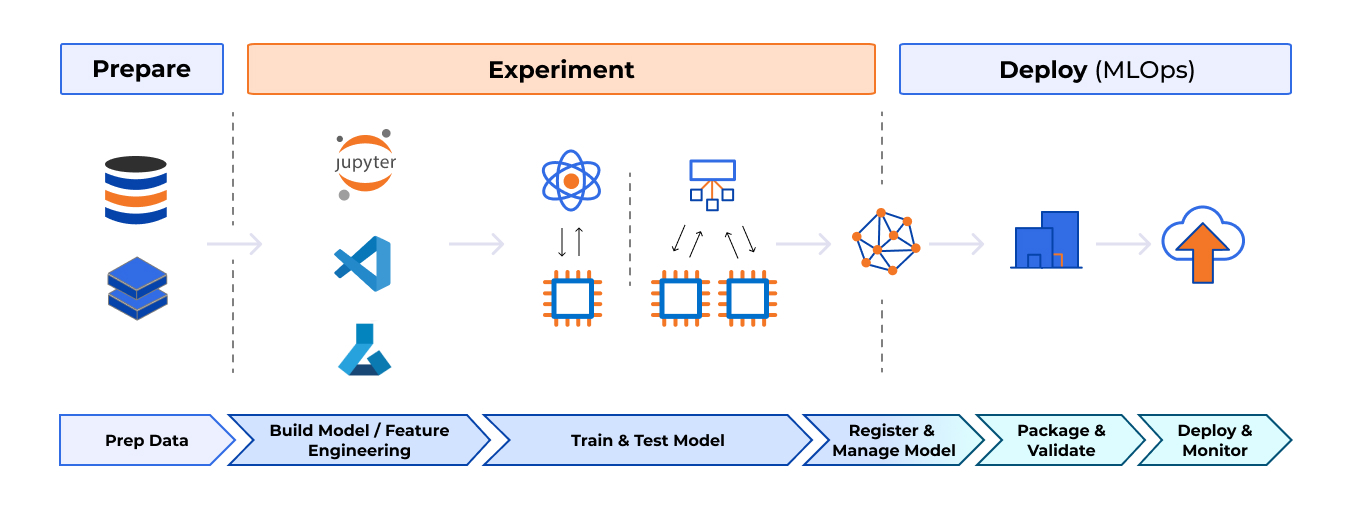



Quality Assurance 101 For Ai And Machine Learning Dzone Ai



Machine Learning Lifecycle Ju Yang




Machine Learning Artificial Intelligence Ai Consultants Growing Data
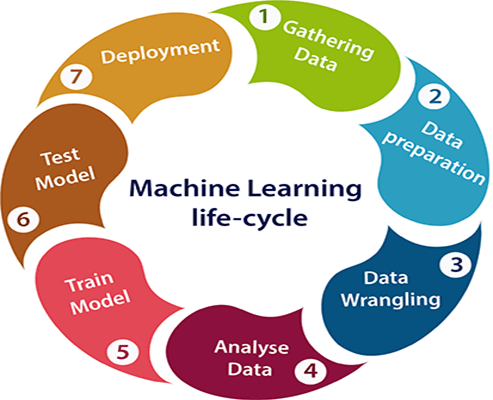



Life Cycle Of Machine Learning Javatpoint




What I Learned From Attending Twimlcon 21 James Le




Ml Process Lifecycle Part 2 An In Depth Look News Amii




Data Science Platform Powering Machine Learning Pipelines Iguazio
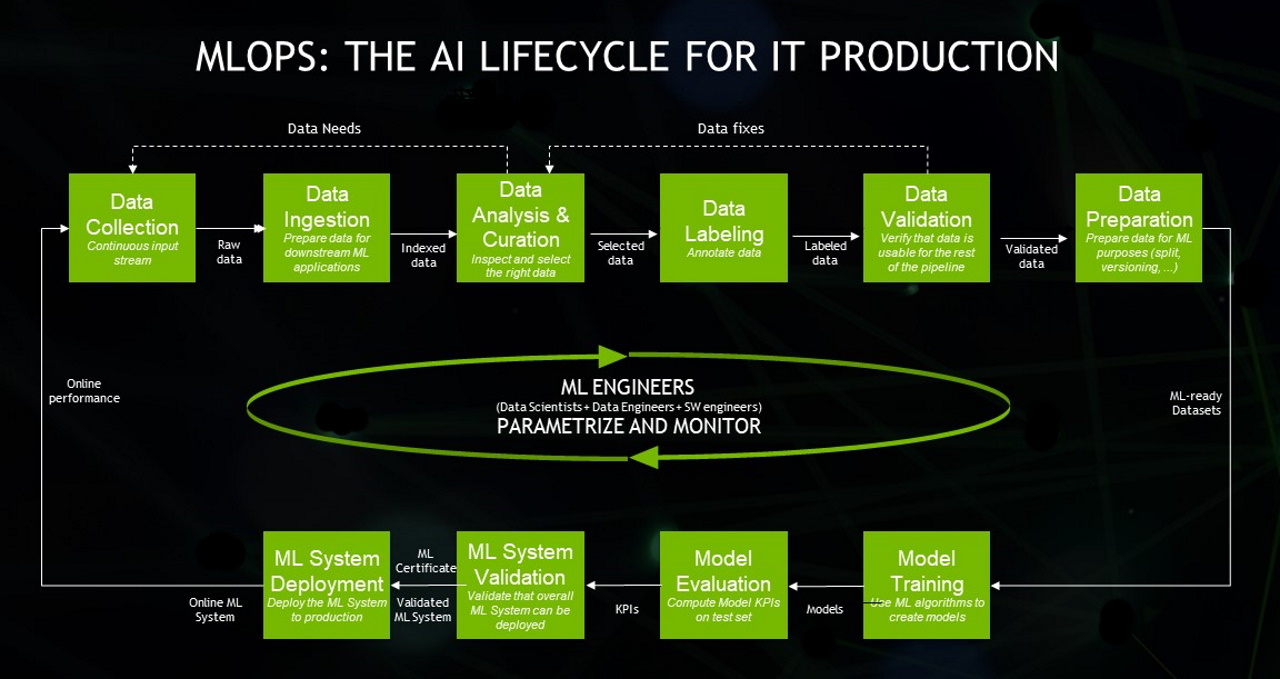



What Is Mlops Nvidia Blog




The Hidden Challenges Of Machine Learning A Five Part Series




Sap Data Intelligence Ml Lifecycle Sap Hana



Truera Ai Quality Management Solutions That Drive High Performance




Industrializing The Operationalization Of Machine Learning Models



1




Ml Lifecycle Adapted From Miao Et Al 6 Download Scientific Diagram
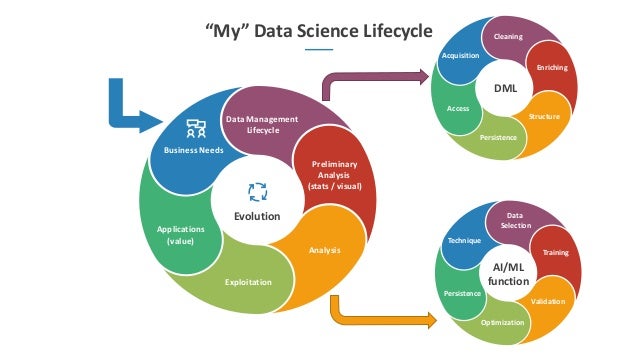



Challenges In The Integration Of Systems Engineering And The Ai Ml Mo




Ai Model Lifecycle Management Overview Ibm




Mlflow Manage Lifecycle Of Ml Platform For Complete Machine Learning By Shafi Aug 21 Datadriveninvestor




Model Validation And Monitoring New Phases In The Ml Lifecycle Pye Ai




The Life Cycle Of A Machine Learning Project What Are The Stages Neptune Ai
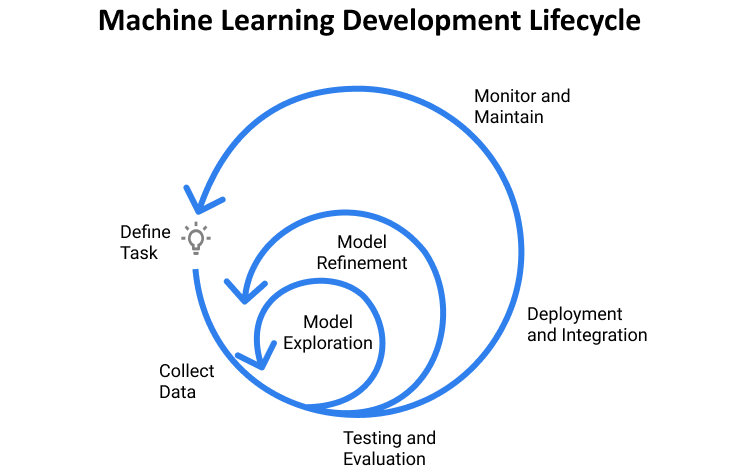



Organizing Machine Learning Projects Project Management Guidelines




Best Practices For Mlops And The Machine Learning Lifecycle Contino Global Transformation Consultancy




Enabling The Full Ml Lifecycle For Scaling Ai Use Cases Cloudera Blog




Mlops Wikipedia




Eckerson Group Dataops For Machine Learning




A Guide To Mlops For Data Scientists Kaskada




Google Cloud Professional Ml Engineer Certification My Study Track Kevinslifer Com
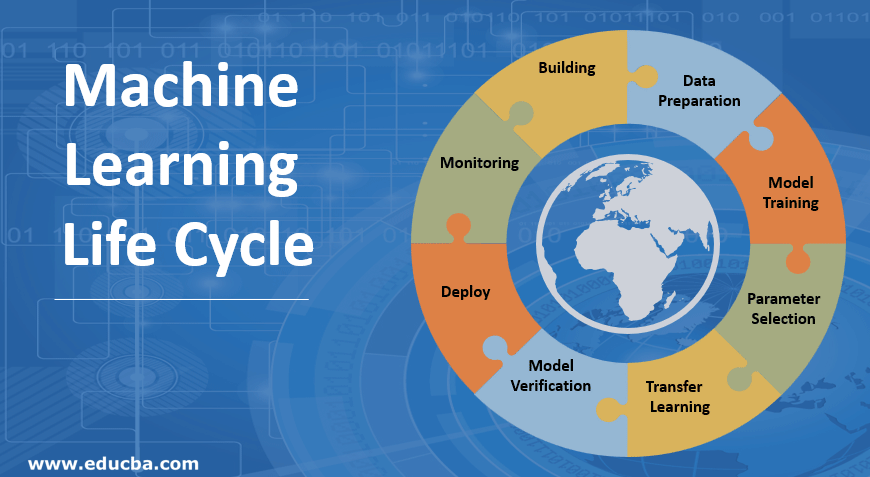



Machine Learning Life Cycle Top 8 Stages Of Machine Learning Lifecycle



Machine Learning Lifecycle Ju Yang




Hpe Accelerates Ai Innovation With Enterprise Grade Solution For Managing Entire Ml Lifecycle Ncnonline
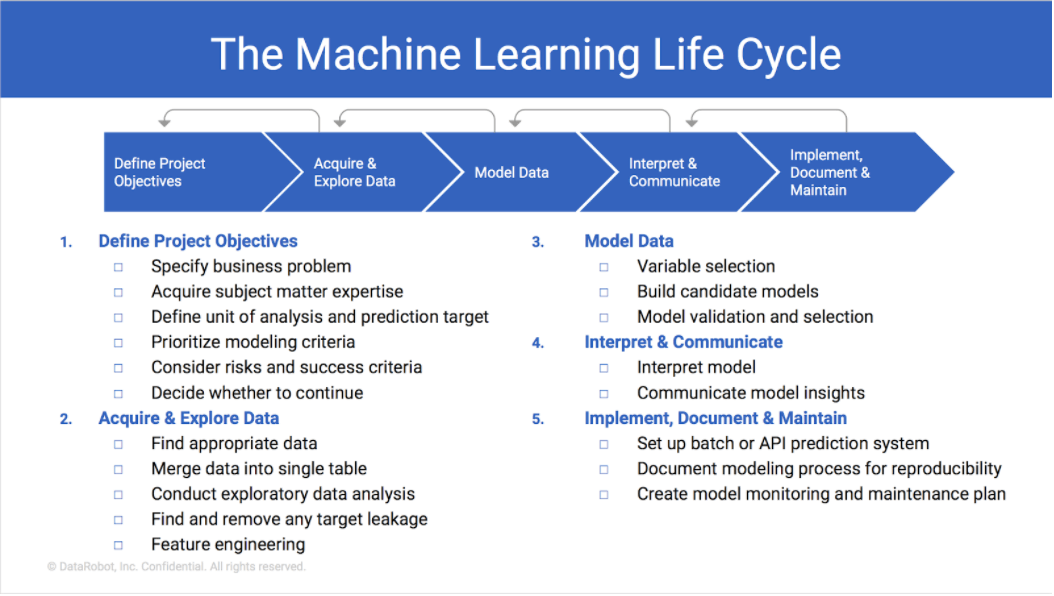



Machine Learning Life Cycle Datarobot Artificial Intelligence Wiki




The Machine Learning Lifecycle In 21 By Eric Hofesmann Towards Data Science




Highly Recommended Andrew Ng On Data Centric Ai Incantata Ai




Architect And Build The Full Machine Learning Lifecycle With Aws An End To End Amazon Sagemaker Demo Machine Learning




The Artificial Intelligence And Machine Learning Journey To Cloud




Mlflow A Platform For The Machine Learning Lifecycle Mlflow




Lecture 5 Ml Projects Full Stack Deep Learning




Ai Ml Cognitive Services Solutions Msrcosmos
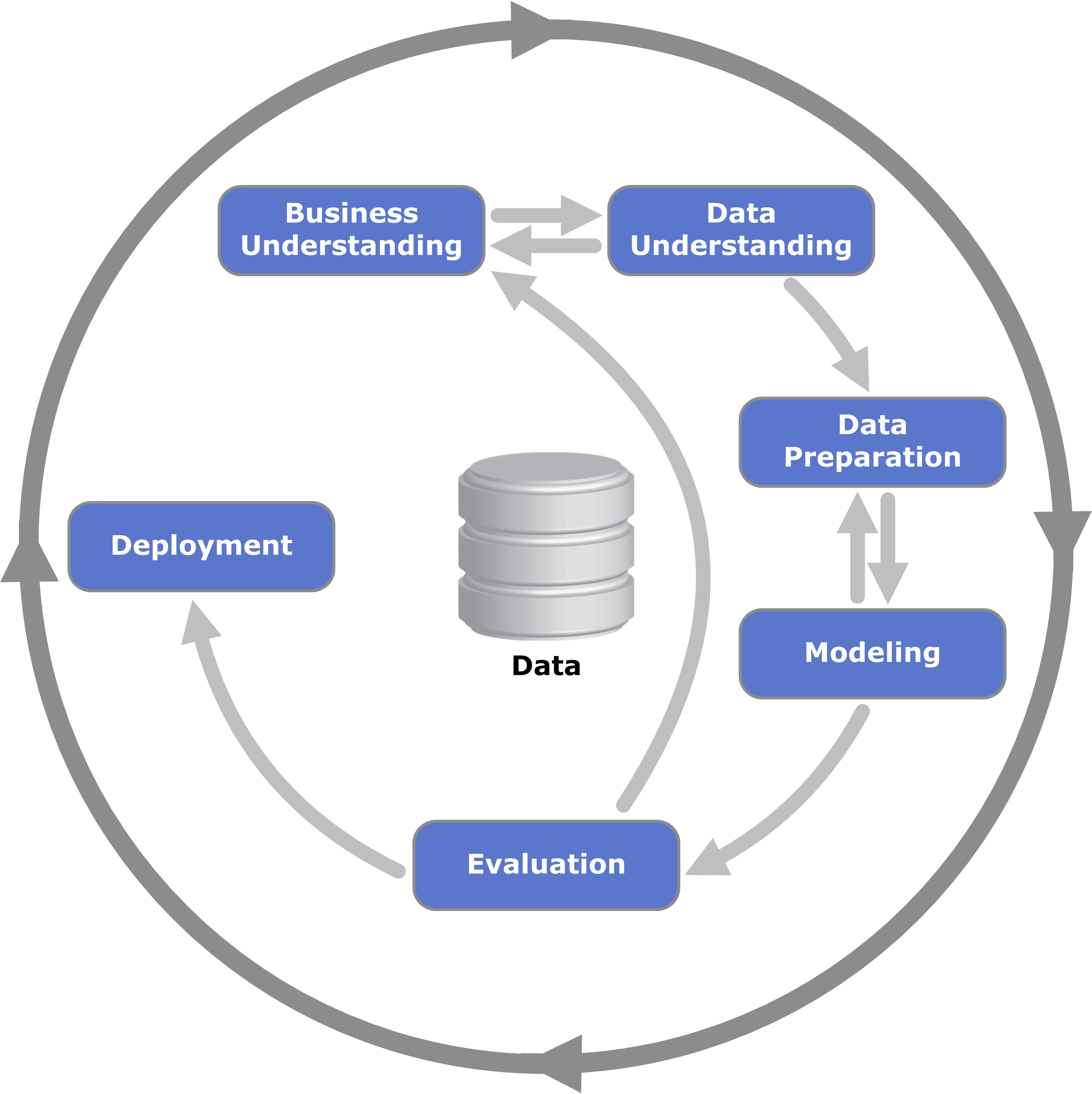



Crisp Dm One Ai Ml Lifecycle Tribloom




Data Collection And Preparation Join Us Through The Ml Project Life Cycle Pixolution




The Life Cycle Of A Machine Learning Project What Are The Stages Neptune Ai
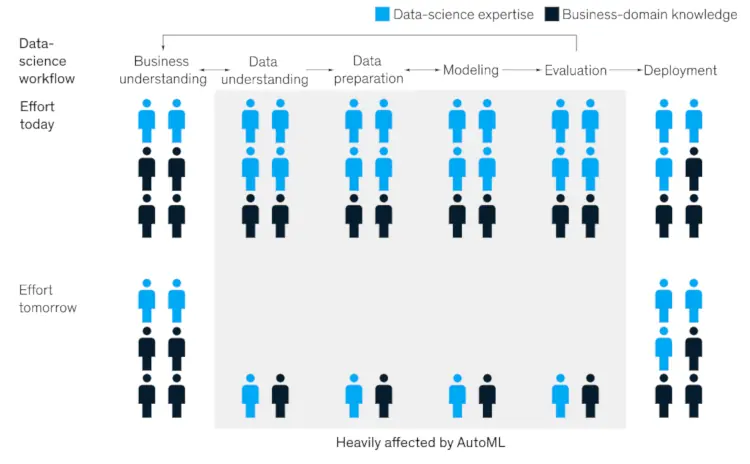



Redefining The Machine Learning Lifecycle With Ml Builder
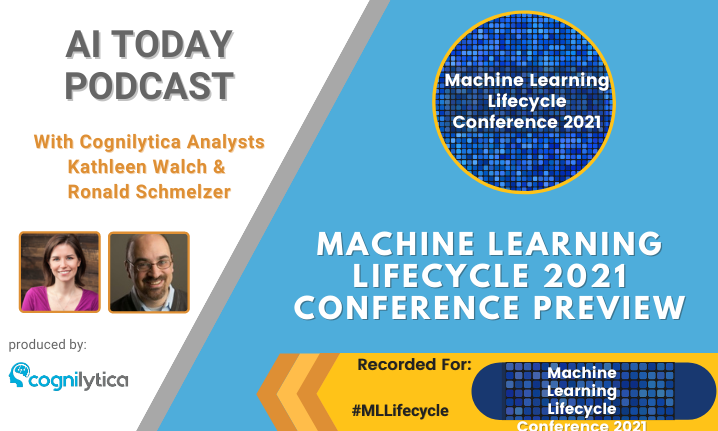



Ai Today Podcast Machine Learning Lifecycle 21 Conference Preview Cognilytica




Machine Learning Workflow Boyang Yan S Tech Blog
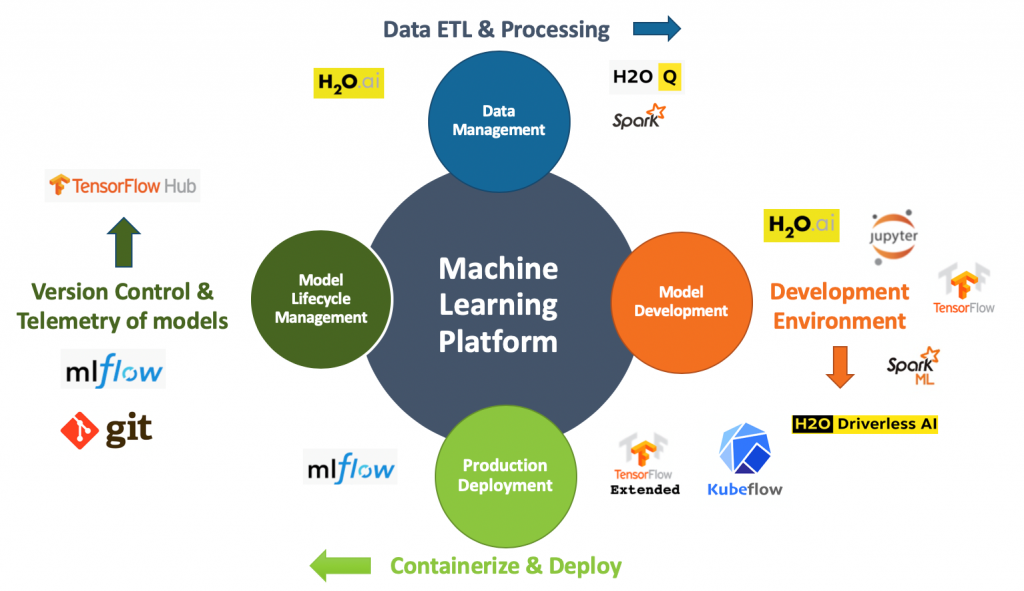



Machine Learning Platforms H2o Ai Persistent Systems



1




Machine Learning Life Cycle Its Ninjas lto University Wiki




Machine Learning Lifecycle 21 Conference Cognilytica Events




Mlops For Managing The End To End Life Cycle With Azure Machine Learning Service Ai Show Channel 9
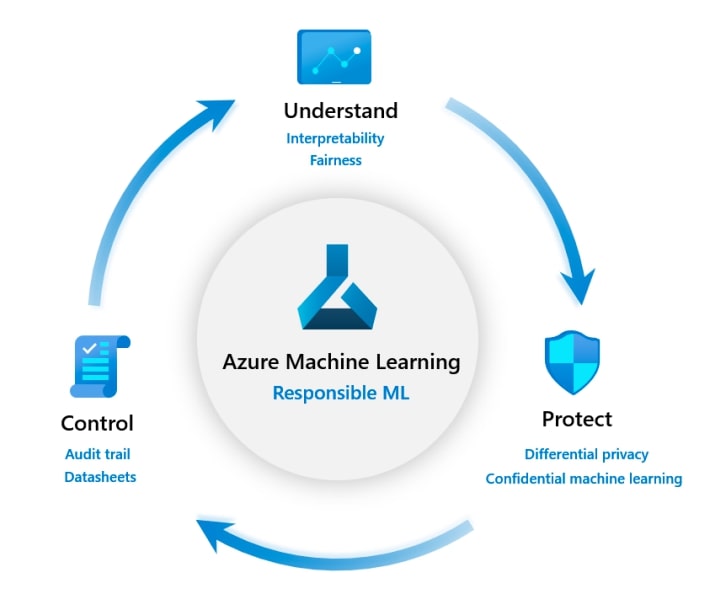



Responsible Ml Initiative From Microsoft Opencv



3




Hpe Accelerates Machine Learning Operationalization Insidehpc
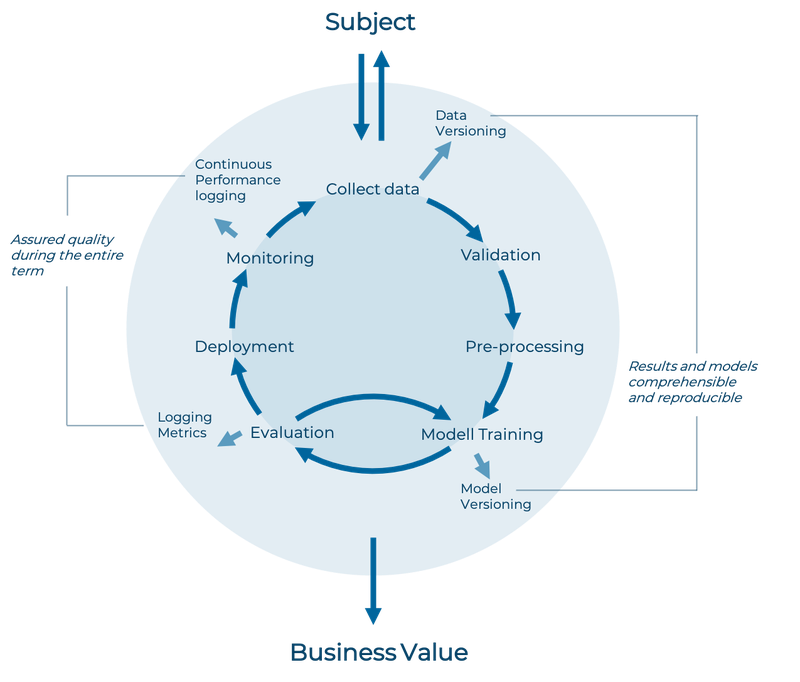



Blog Azure Ml What Does The Ml Lifecycle Look Like And How Does It Work




What Does It Mean To Deploy A Machine Learning Model Deployment Series Guide 01 Ml In Production
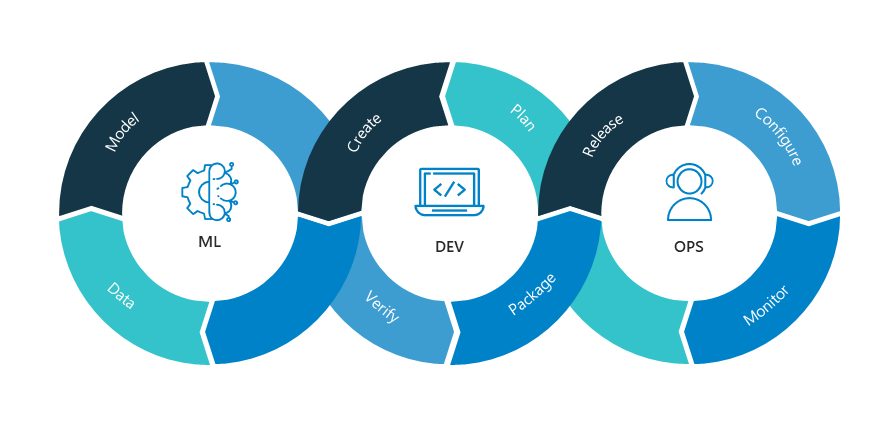



Machine Learning Operations Mlops Neal Analytics




Morgan Claypool Publishers Su Twitter We Follow A Data Centric View Of Machine Learning Systems Ml And Provide A Comprehensive Overview Of Datamanagement In Ml Systems For The End To End Data Science Or




Provenance Data In The Machine Learning Lifecycle In Computational Science And Engineering Deepai



0 件のコメント:
コメントを投稿